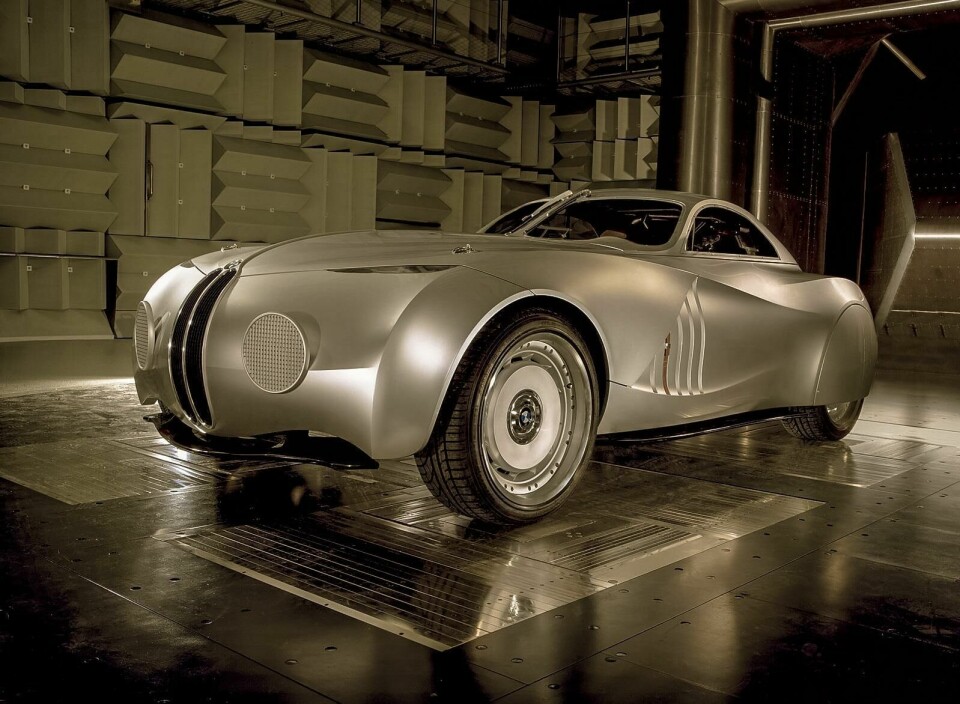
Concept Car of the Week: BMW Mille Miglia Coupe (2006)
An object lesson in using the past as an impetus for creativity
How do you use an historical object or product as the impetus for a new creation? It’s a question many have asked, and many more have tried to answer, but to which few have provided a satisfactory response. Often mired in the sticky gloop of ‘heritage’, designers can be transfixed on the rear-view mirror, their supposed inspiration acting as a metaphorical ball and chain.

But what if designers are: “courageous enough to project it forwards; as if the car dreamed of its own self in a future time”? These are the words of Chris Bangle, the head of BMW design at the time the Mille Miglia Coupe concept was designed.
While clearly inspired by the 328 Mille Miglia Touring Coupe, winner of the classic Italian road race in 1940, Bangle also encouraged his team to use this only as a launch pad to explore new opportunities in terms of materials, processes and forms. The result was a melding of old and new the likes of which the car industry had never seen and arguably hasn’t since.

Its body, for example, was constructed of both carbon fibre and aluminium, the latter using the very latest techniques to ‘stretch’ it into shape. In order to appreciate the forms of historic racing cars, Bangle sent lead exterior designer Anders Warming to Italy to create a plaster model, which was subsequently scanned and further developed back in Munich. Clearly spurred on by the Gina programme, the car’s body appears as flowing skin, its aero tidied by carbon lower body fixtures and its graphics enabled by cutting-edge LED lamps.

It’s interesting to compare Warming’s sketches with the finished car – the end result was even more advanced, shorn of its extraneous rear lamps in order to further increase the impact of the shockingly stark asymmetric rear treatment. This allowed each side of the car to be subtly different, the left a classic two-box fastback and the right a slightly more formal three-box.
Those dinner plate LED arrays, augmented by more nuanced, peering upper lamp units, create an effect that has provided plenty of inspiration of late…

But while layered lamp graphics may now be on every street, the enormous, rear-hinged upper body arrangement was pure show-car drama although even that had an advantage in that it negated the need for deep door cuts and therefore made the body stronger. This duality is also apparent inside. While it may appear largely conventional, the use of ‘industrial origami’ to form the major structures was truly cutting edge, the laser-scored and hand-bent metal sheets acting as both the form and the structure of the cockpit.

The overall result is an object that appears to exist simultaneously as far in the future as it does in the past – a seminal experiment with materials, processes, forms and time as its variables.




